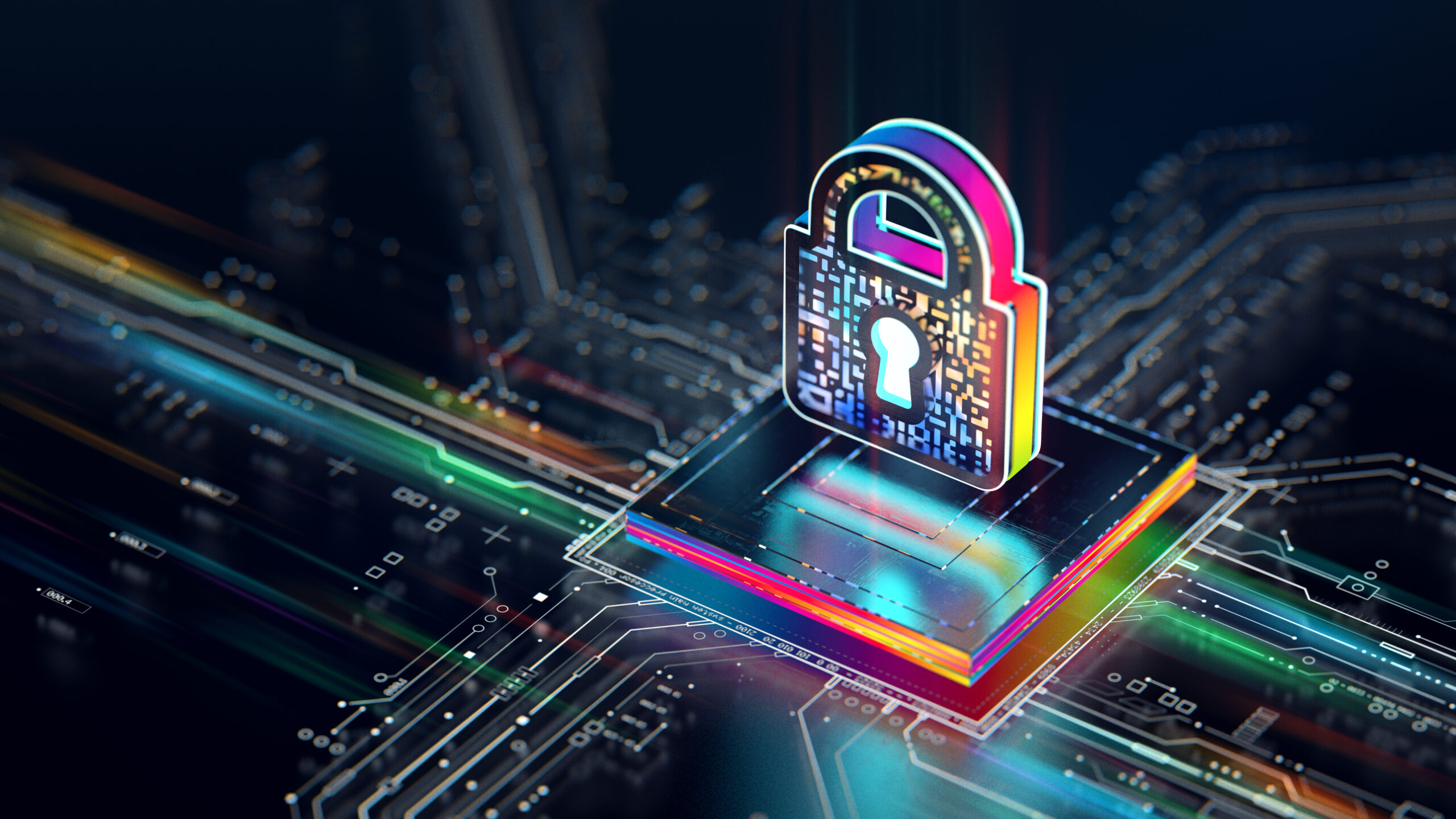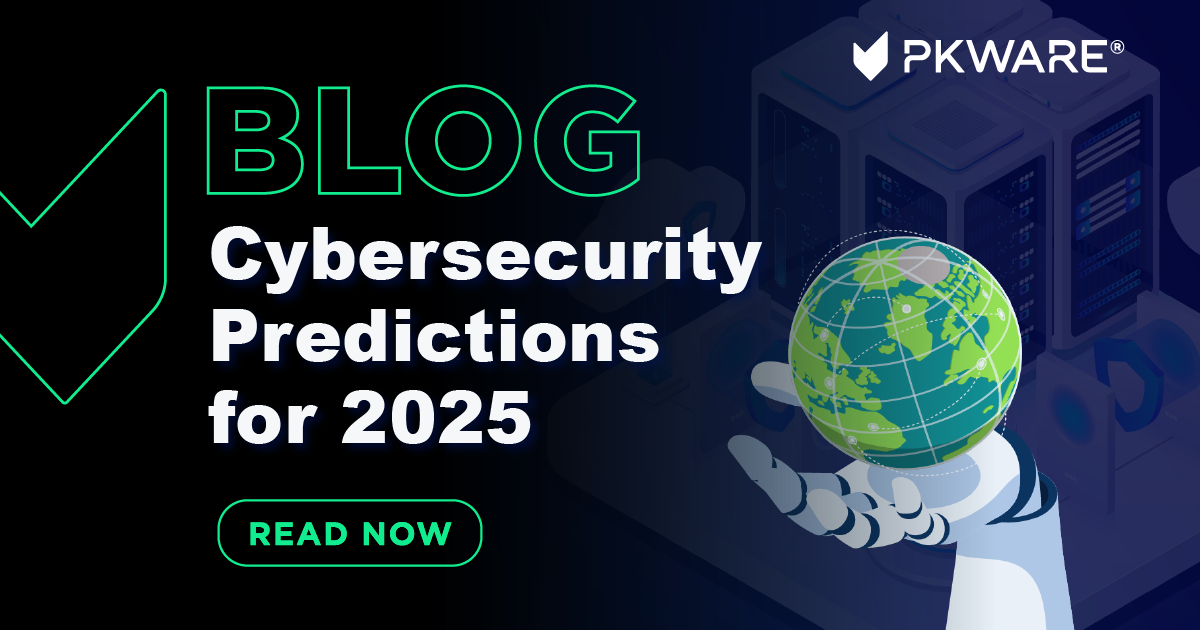Recognize Deepfake Social Engineering Attacks in online interactions.
Wiki Article
Future-Proof Your Organization: Key Cybersecurity Predictions You Need to Know
As organizations face the accelerating speed of digital improvement, comprehending the advancing landscape of cybersecurity is vital for long-lasting resilience. Predictions recommend a considerable uptick in AI-driven cyber threats, together with enhanced regulative analysis and the necessary shift in the direction of Zero Depend on Architecture.Increase of AI-Driven Cyber Hazards

Among one of the most concerning advancements is making use of AI in creating deepfakes and phishing systems that are extremely persuading. Cybercriminals can make sound and video material, posing execs or relied on individuals, to manipulate victims right into disclosing sensitive info or accrediting deceptive deals. Furthermore, AI-driven malware can adjust in real-time to escape discovery by traditional safety and security steps.
Organizations need to acknowledge the immediate requirement to boost their cybersecurity structures to battle these progressing threats. This includes investing in advanced hazard discovery systems, cultivating a society of cybersecurity awareness, and implementing durable incident reaction strategies. As the landscape of cyber hazards transforms, positive measures become necessary for guarding sensitive information and maintaining business stability in an increasingly electronic globe.
Enhanced Focus on Information Privacy
Exactly how can organizations successfully navigate the expanding emphasis on information privacy in today's electronic landscape? As regulatory structures evolve and customer expectations increase, businesses need to focus on robust information privacy approaches.Purchasing employee training is vital, as staff recognition directly influences data security. Organizations should promote a society of personal privacy, encouraging staff members to understand the value of guarding sensitive details. Additionally, leveraging modern technology to enhance information safety and security is necessary. Applying advanced file encryption approaches and secure data storage space solutions can considerably minimize risks connected with unauthorized gain access to.
Partnership with lawful and IT groups is crucial to line up information privacy efforts with company goals. Organizations must likewise engage with stakeholders, including clients, to connect their commitment to data personal privacy transparently. By proactively attending to information privacy issues, organizations can build depend on and enhance their track record, eventually adding to long-term success in a progressively scrutinized digital atmosphere.
The Change to Absolutely No Depend On Design
In reaction to the evolving hazard landscape, companies are progressively adopting Absolutely no Depend on Architecture (ZTA) as a basic cybersecurity method. This method is based on the concept of "never trust fund, always verify," which mandates continual verification of customer identities, devices, and data, no matter of their place within or outside the network perimeter.Transitioning to ZTA includes executing identification and gain access to monitoring (IAM) options, micro-segmentation, and least-privilege access controls. By granularly managing access to sources, companies can alleviate the risk of insider hazards and reduce the influence of outside violations. ZTA includes robust tracking and analytics capacities, allowing organizations to identify and respond to anomalies in real-time.

The shift to ZTA is also sustained by the raising fostering of cloud services and remote job, which have actually broadened the attack surface area (cyber attacks). Traditional perimeter-based protection designs are inadequate in this new landscape, making ZTA an extra durable and adaptive structure
As cyber risks continue to expand in class, the adoption of Absolutely no Depend on principles will certainly be vital for organizations looking for to safeguard their properties and preserve regulatory conformity while ensuring organization continuity in an unclear atmosphere.
Regulatory Adjustments on the Horizon

Future regulations are expected to resolve a range of problems, consisting of information privacy, breach alert, and case reaction procedures. The General Information Protection Guideline (GDPR) in Europe has established a precedent, and similar structures are emerging in various other areas, such as the United States with the proposed federal personal privacy regulations. These guidelines commonly impose rigorous penalties for non-compliance, highlighting the need for organizations to prioritize their cybersecurity steps.
Additionally, markets such as financing, medical care, and critical infrastructure are likely to face much more strict demands, mirroring the delicate nature of the information they take care of. Compliance will certainly not merely be a lawful obligation but an important part of building count on with customers and stakeholders. Organizations must stay in advance of these adjustments, incorporating regulative demands into their cybersecurity techniques to ensure resilience and protect their properties properly.
Value of Cybersecurity Training
Why is cybersecurity training a critical part of an organization's protection method? In an era where cyber hazards are progressively sophisticated, companies must identify that their employees are usually the very first line of protection. Efficient cybersecurity training outfits personnel with the expertise to determine possible risks, such as phishing strikes, malware, and social engineering methods.
By fostering a society of security understanding, companies can considerably lower the risk of human error, which is a leading reason for data breaches. Normal training sessions ensure that workers remain informed regarding the most recent risks and finest techniques, thereby improving their capability to react appropriately to events.
In addition, cybersecurity training promotes compliance with regulative needs, reducing the risk of legal consequences and economic fines. It also empowers workers to take ownership of their function in the company's protection cyber attacks framework, leading to a positive as opposed to responsive technique to cybersecurity.
Verdict
In conclusion, the evolving landscape of cybersecurity demands proactive steps to attend to arising dangers. The increase of AI-driven assaults, combined with increased information personal privacy worries and the shift to No Depend on Design, demands a thorough strategy to security. Organizations must remain alert in adapting to regulatory changes while focusing on cybersecurity training for employees (cyber attacks). Emphasizing these strategies will certainly not just boost organizational durability however likewise protect sensitive information versus a significantly innovative selection of cyber dangers.Report this wiki page